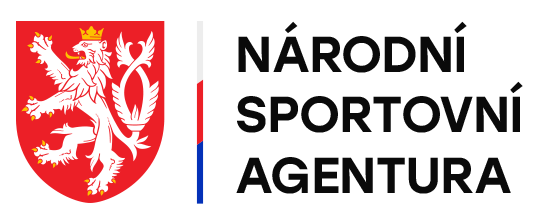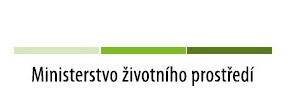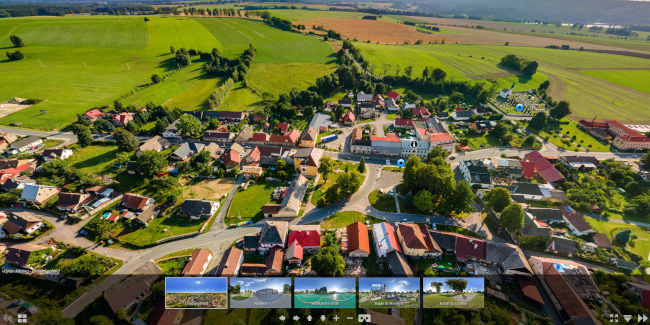English
The Town of Vojnův Městec
This town with a rich history is situated in one of the ecologically purest regions of the Czech Republic, in the Protected Landscape Area of Žďárské vrchy. The first written reference goes back to 1293 and it is connected with the Cistercian monastery of Žďár. The importance of the town throughout the centuries is well documented by a typical municipal square layout of buildings with the primary building being Němeček s Inn, built at the beginning of the 18th century. Its dominant appearance is due to no one else than Jan Blažej Santini Aichl. This genius from an Italian family of stone-masons signed his name under the most significant building of the whole Vysočina region, the church of St. John of Nepomuk on Zelená hora ("Green Mountain") in Žďár nad Sázavou, which is a monument listed in the UNESCO World Heritage List. However the past is not the only period of multi-farious life in Vojnův Městec. The today's town, with more than 700 inhabitants, can boast of a primary school, a kindergarten, medical facilities and also several shops, and besides that, typical rustic hospitality. Basic living conditions in the town are enriched by activities of various local organizations. The local athletes and riflemen have their own society as well as the gardeners. The most significant among many cultural events is a traditional concert of organ music in the ancient church of St. Andrew, that every July accompanies the local feast. Vojnův Městec also entered the 21st century in development of the construction of new family houses, using its unique location in one of the most beautiful destinations of the Vysočina region (Bohemian-Moravian Highlands).
Nová Huť
A part of the town, a wilderness (693 m about sea level), is situated in the woods below Kamenný vrch ("Stone Hill"). There was a glass-work there in the first half of the 19th century. In the winter of 1944-45 the first and one of the main partisan movements in Vysočina operated there (The Brigade of Master John Hus). There is a grave and a memorial of a Russian partisan in Nová Huť. The wilderness is connected to Vojnův Městec by a blue tourist track, called "the Track of the Partisan Brigade of Master John Hus", approximately 3 km long.
Borky
A lonely place that also belongs to the area of the town is situated next to the main road to Žďár nad Sázavou (approx. 2 km from Vojnův Městec). Borky have experienced their biggest boom in early 30s of the 20th century. At that time Žďárské vrchy (specifically hills from Nová Huť to Tisůvka) were affected by an extensive forest disaster. In Borky, there was one of the end stations of the forest railway that went across the cuff of the Cikháj hill. Steam engines rode on this narrow gauge railway and carried broken wood to the saw mills or to the main roads. At that time, wooden houses for forest workers were built in Borky. Among the workers, there were also Ruthenians, inhabitants from the territory that belonged to Czechoslovakia in the period of the First Republic (which now belongs to Ukraine). The disaster was cleared away in about five years. The silent witnesses of those events, three cottages, endure to our time.












